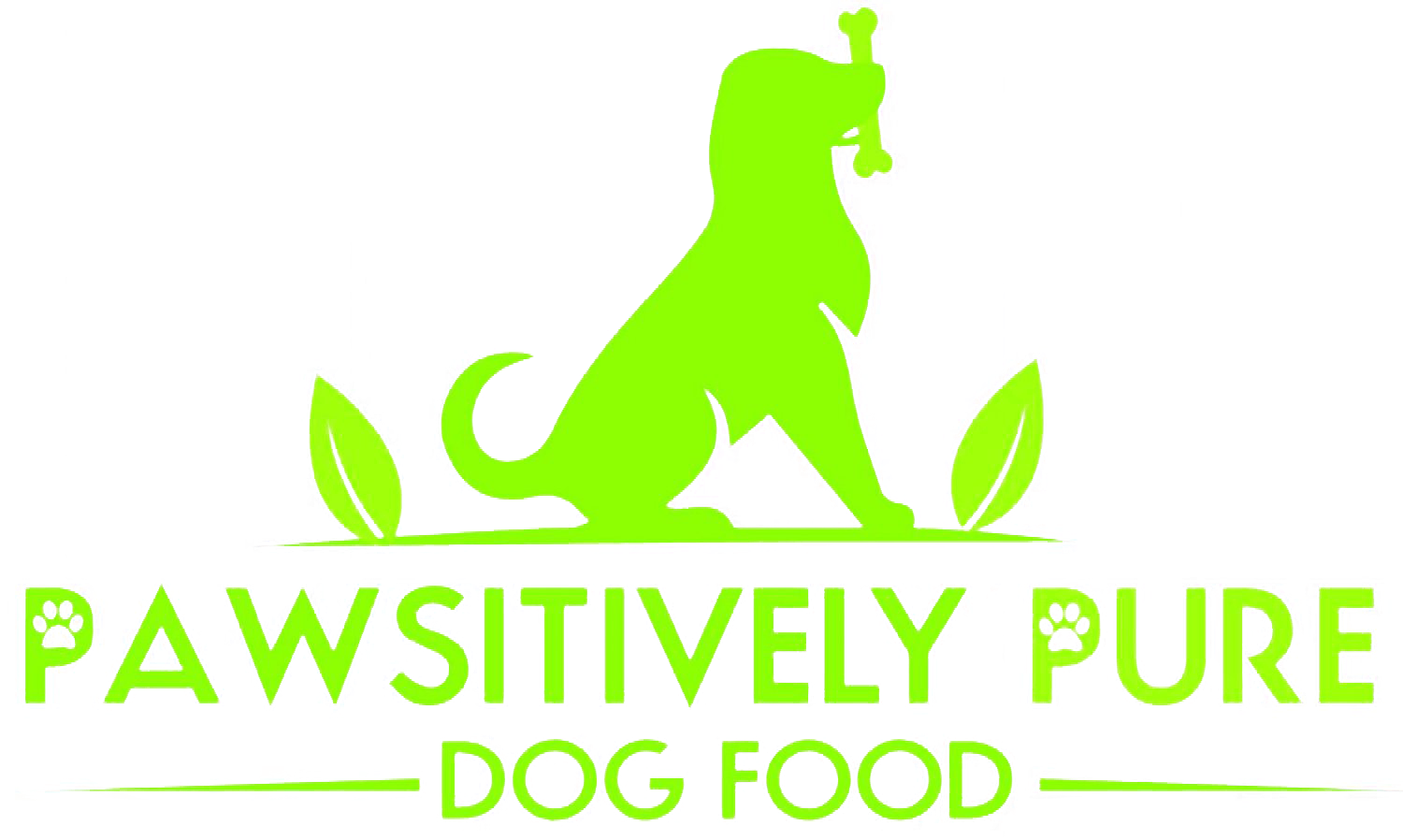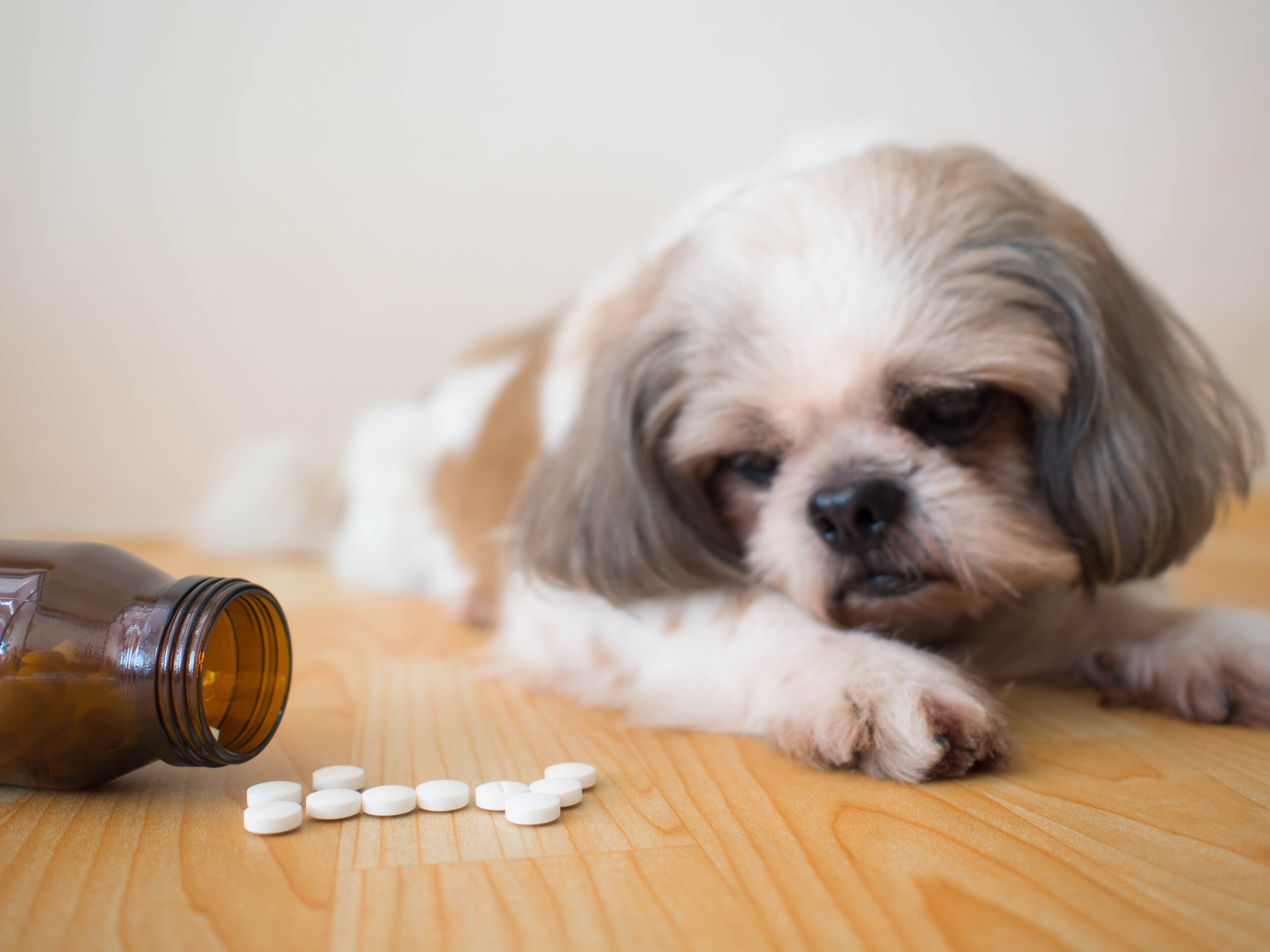The Pet Nutrition Revolution Continues
Just a decade or so ago, it seemed there were only a handful of dog food brands you could choose from, each one a different variety of kibble. This is one of the main reasons why we founded Pawsitively Pure Dog Food in 2007–with a handful of dog food manufacturers producing a majority of the kibble available on the shelves, and with those manufacturers frequently announcing recalls due to food safety issues, we knew we had to find a better solution for our furry friends.
Nutrition has become a major focus for pet parents worldwide. As they seek healthier alternatives, many dog moms and dads have ditched kibble in favor of more natural food sources. In particular, gently cooked diets and raw diets have taken the dog nutrition world by storm. But how do you know which variety is best for your dog? How can you tread the line between convenience, cost, and the best nutrition possible?
Here at Pawsitively Pure Dog Food, we offer a variety of gently cooked dog food flavors to keep your dogs happy and healthy. Through our experience, we believe that gently cooked dog food offers the best solution for dogs and their humans alike.
Gently Cooked is the Way to Go
Gently cooked dog food is a healthy, complete meal system for dogs of any age and stage of life that still offers convenience and cost effectiveness for pet parents. Let’s find out more.
Gently Cooked Food Packs a Nutritional Punch
Many people believe that cooking food strips it of all its nutrition, which is largely untrue. While it is factual that some raw foods–vegetables in particular–can provide vitamins and minerals in different forms than their cooked counterparts, gently cooked dog food still offers your dog wholesome nutrition and is leagues better for them than kibble is. When food is processed for long periods of time over high heat, that’s when it loses a portion of its nutritional value. Our production process does not introduce heat that’s too intense or for a long duration.
What’s more, cooking meats and animal products like bones can actually help extract nutrients and provide them to your dog in a safe and easily digestible form. In particular, you should never feed your dog bones as they present a choking and safety hazard, but bone broth for dogs provides a whole host of health benefits from a healthier digestive tract to a shinier coat.
Gently Cooked Food is Easier to Handle Than Raw Food
When you serve your dog raw food, especially animal products, you need to have a proper understanding of food handling standards as well as identification and avoidance of common food pathogens. The average pet parent probably won’t have the time or capacity to take such a course. What’s more, careful handling of raw food often requires daily preparation time that really detracts from its overall convenience.
When improperly prepared, raw food also has the potential to spread bacteria and disease to humans living in the house. According to a 2018 veterinary study, a high percentage of raw pet diets were found to have potentially harmful bacteria. Common foodborne diseases like e.coli can quickly and easily be transmitted by letting your dog lick you.
Gently cooked dog food offers your dog the same wholesome ingredients without the hassle of frequent preparation. Additionally, you’re much less likely to accidentally contaminate your dog’s food by handling it improperly. When you source your food from a veterinarian-approved producer, 90% of the work is already done for you!
Domestic Dogs Don’t Need to Eat Like Their Ancestors
A common argument in favor of raw diets for dogs posits that they are the most biologically appropriate for our pets since their ancestors ate raw and locally available foods. However, couldn’t the same be argued for humans? Domestic animals have evolved significantly from their early counterparts; in their roles as human companions, their activity levels, “jobs,” and drive to hunt are all completely different.
If we fed our dogs to mirror their ancestors’ diets, they would probably be consuming much more protein than they really need. It’s ok for our dogs to consume foods that aren’t quite as primal! Gently cooked foods can be easier to digest and more balanced for the average house pet.
Shop Local for Gently Cooked Dog Food
When you’re ready to switch your dog to a gently cooked diet, it’s a great idea to choose your food from a local company. Pawsitively Pure Dog Food offers gently cooked dog food in Orlando, made in small batches and responsibly sourced to help keep your dog’s tail wagging. Visit us at one of our favorite farmers’ markets each weekend, or shop online!





